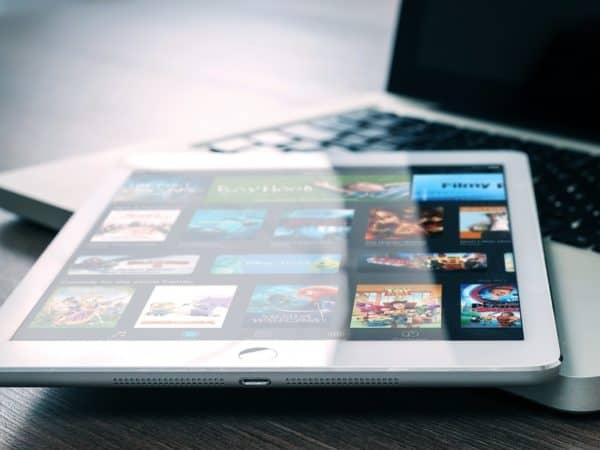
 Quick, how many connected devices in the average household? Did you say four? Five?
Quick, how many connected devices in the average household? Did you say four? Five?
A new report on internet use finds that North American homes currently have an average of seven active connected devices, with laptop and desktop PCs now making up less than 25 per cent of network traffic.
The findings come from Sandvine, the Waterloo-based broadband network equipment company, which just released its Global Internet Phenomena Report Spotlight, an analysis of its fixed communications customer base across the continent.
The average household was found to have at least seven active devices in use every day, while at the top end of the spectrum, 6 per cent of households tuned in with more than 15 active devices, a marked increase over previous years. Whereas home roaming via mobile devices such as tablets and smartphones accounted for only nine per cent of traffic five years ago, it now represents almost 30 per cent of home internet traffic across North America.
Connected devices in the average household include laptops and PCs, but they account for little network traffic…
“The ability to understand what is happening within the connected home is valuable data that communications service providers can use to ensure they are providing their subscribers with the best possible experience,” says Don Bowman, CTO at Sandvine. The company states that their report provides a more accurate picture of home internet use by accounting for actual usage by subscribers rather than relying on sales figures and consumer surveys.
Unsurprisingly, video streaming activities for services like Netflix and video game downloads now make up the bulk (65 per cent) of home broadband use, with the use of so-called smart TVs with internet capability now becoming the norm for video streaming.
And Canadians seem to be more in love with their screens than most, at least according to a television provider satisfaction survey released earlier this year by J.D. Power which found an average of 9.9 connected devices per Canadian household (of television service subscribers, at least), up from a much smaller 4.5 devices just one year ago.
The survey found that 49 per cent of Canadians with TV subscriptions were also using streaming video services like Netflix, Shomi and CraveTV. While Netflix does not release subscription numbers, estimates put Canadian subscriptions at well over five million. What is known is that during peak internet usage hours, Netflix usage alone can make up over a third of internet traffic in Canada.
A recent Ericsson Mobility Report says 95 per cent of Canadians and Americans use their smartphones to go online even in their own homes where other devices are available, with 40 per cent of smartphone owners stating that they often watch full length movies on their phones.
The Ericsson report contends that future growth in internet connectivity is less likely to come in the form of tablets and smartphones and more in terms of internet-capable appliances, home sensors and wearable devices – the so-called Internet of Things. “Internet of Things (IoT) is expected to surpass mobile phones as the largest category of connected devices in 2018,” says the report. “Between 2015 and 2021, IoT is expected to increase at a compounded annual growth rate (CAGR) of 23 percent, making up close to 16 billion of the total forecast 28 billion connected devices by 2021.”
Leave a Reply
You must be logged in to post a comment.




 Share
Share Tweet
Tweet Share
Share




Comment